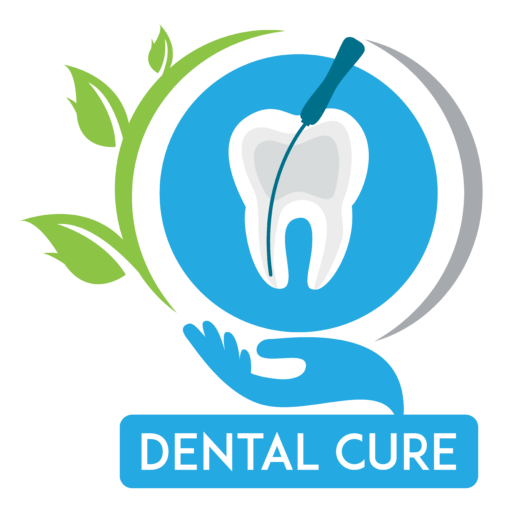DIGITAL DENTISTRY CT/CBCT/OPG
Digital dentistry has revolutionized dental medicine in recent years and presents us with more precise imaging techniques that help make diagnoses, treatment planning, and patient care. Digital imaging technologies such as Computed Tomography (CT), Cone Beam Computed Tomography (CBCT), and Orthopantomography (OPG) are well-known in Dental Medicine.
These technologies have impacted dental practice by allowing us to image our mouths in a high-resolution manner with minimal exposure to radiation and providing more detailed diagnostic possibilities.
Computed Tomography (CT) in dentistry
- Principle: CT uses radiography to produce computer-rendered images that display a detailed cross-section of the oral and maxillofacial area.
- Applications:
- Exhaustive evaluation of dental and bone anatomic structures.
- Assessment of the affected teeth, root structures, and the bone density of the target region.
- Dental implant diagnosis and planning, orthodontic treatment planning, and oral surgery.
- Benefits:
- High-definition photos with advanced diagnostic function.
- Improved diagnostic accuracy and better planning of treatment.
- Considerations:
- The risk of radiation exposure, albeit a low dose, should be considered, predominantly for pediatric and pregnant patients.
- Limits may become a restraint for some patients or dental facilities due to cost factors.
Cone Beam Computed Tomography (CBCT) in dentistry
- Principle: CBCT is the space-bound form of CT that provides three-dimensional images of intraoral structures using a specific cone-shaped X-ray beam.
- Applications:
- Preceding highly accurate individual assessments, including the temporomandibular joint (TMJ).
- Exact evaluation of dental sites for implantation, bone grafting procedure and endodontic treatment.
- Perform diagnosis and treatment planning for orthognathic surgery and airway screenings.
- Benefits:
- Great imaging quality at lesser radiation dose than in conventional CT.
- An improved ability to view different anatomical structures results in better surgical outcomes.
- Customisable field of area (FOV) for focusing on only areas of clinical interest.
- Considerations:
- Accurate interpretations necessitate trained and qualified personnel to examine CBCT films.
- Proper positioning and patient motion impact image quality and diagnostic accuracy.
Orthopantomography (OPG) in Dental Imaging
- Principle: OPG stands for Panoramic Radiography, in which a flat 2-dimensional image of the whole oral and maxillofacial region can be taken.
- Applications:
- Screening for dental caries, gum diseases and oral pathology.
- Evaluations of dentary growth, eruption of both primary and secondary teeth, and presence of dental abnormalities.
- Tomograph evaluation of the TMJ and sinus anatomy.
- Benefits:
- A fast methodical imaging technique that barely exposes you to radiation.
- Shows the upper as well as lower dentition with surrounding structures in one image
- Beneficial for both routine and more sophisticated dental examination, treatment planning, and oral/dental health education.
- Considerations:
- CT and CBCT have more diagnostic values than CBCT and Conebeam.
- Detailed analysis of structures and accurate measurement may be afflicted through distortion and magnification
Digital Imaging
- Multidisciplinary Collaboration: Digital imaging of the oral cavity enhances widespread collaboration among dental specialists, such as oral surgeons, periodontists, orthodontists, and prosthodontists, towards a multidisciplinary treatment approach.
- Treatment Planning: CT/CBCT/OPG data can be beneficial in providing the detailed anatomical information needed to identify the location of various structures and the proper placement of dental implants, orthognathic surgery, and treatments, such as endodontic therapy.
- Patient Education: Visual reception with three-dimensional imagers makes patients comprehend their dental state, treatment, and expected outcome better, leading to higher treatment acceptability and compliance.
- Research and Innovation: Digital imaging technologies are entering their maturity stages, inspiring research and innovation in dental diagnostics, treatment methodology, and assessment of treatment outcomes.
Creating a Healthy and Safe Working Environment through Proper Safety and Quality Control Procedures
- Radiation Protection: The ASRAL (always as low as reasonably attainable) principle, which minimises radiation exposure to patients and dental professionals during imaging procedures, is provided.
- Quality Assurance: Using high-quality imaging equipment routinely, calibrating it, and conducting proper maintenance and effective quality control will contribute to the best image quality, diagnostic accuracy and the protection of patients.
- Evidence-Based Practice: Inserting up-to-date treatment parameters and protocols in CT/CBCT/OPG utilisation allows for standardised practice, leading to quality outcomes.
Conclusion
By knowing the theorems, advantages, disadvantages, and utilities of each of these systems, dentists can then use them to the max to promote dental health and increase clinical outcomes. Technology and research generally advance over time; hence, digital dentistry contributes to the future of dental care, improving it through the tools it gives to efficiency, innovation, and perfection of oral healthcare.
